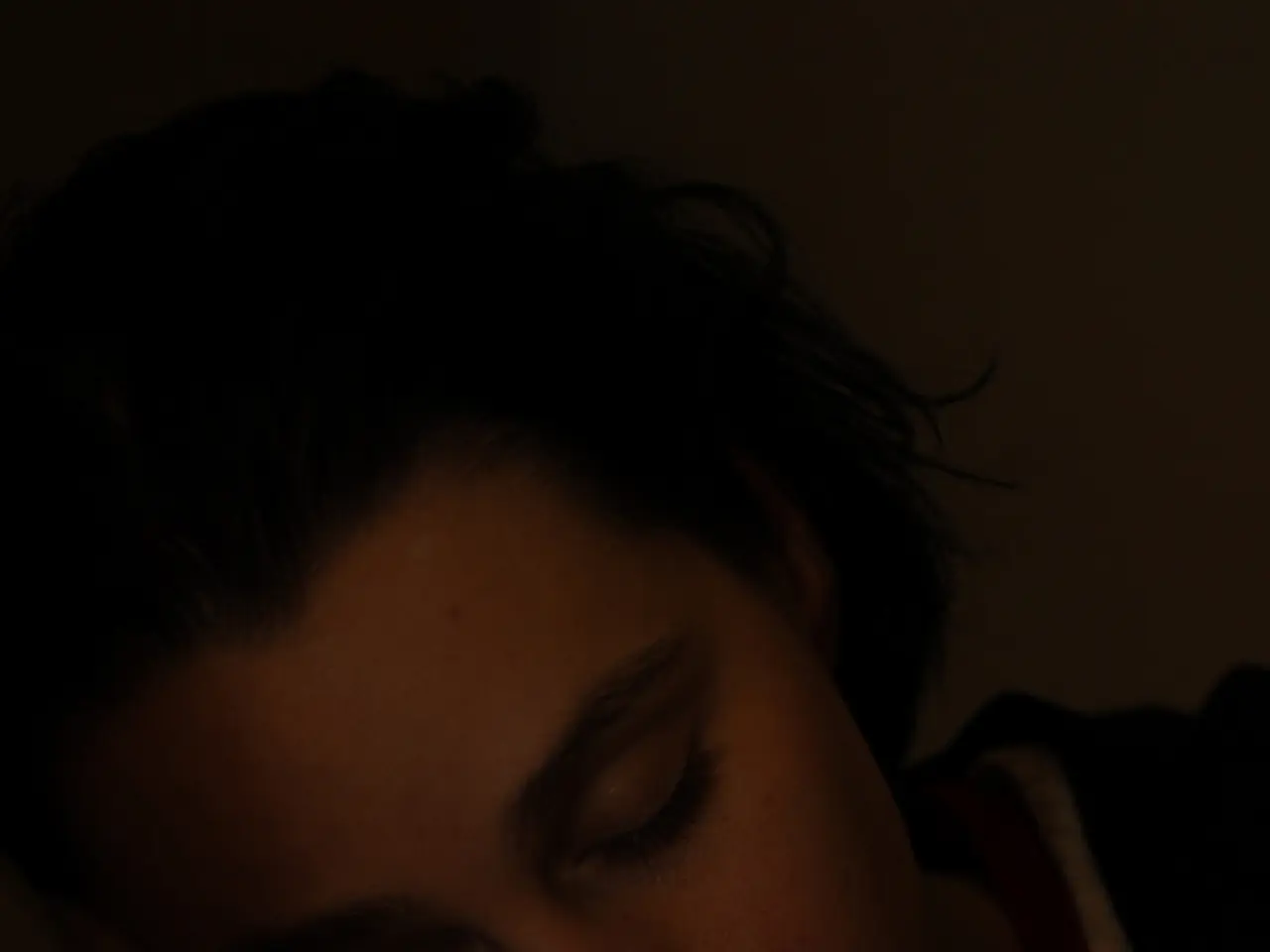Yoga teacher suggests executing this posture to alleviate daily lower back pain in the evening.
Alleviating Global Back Pain: An Easy, Yoga-Inspired Solution
You're not alone if you're grappling with back pain—a whopping 619 million people worldwide can relate, a figure projected to skyrocket to 843 million by 2050, according to scholarly articles in the esteemed The Lancet Rheumatology journal. But fear not! With a simple, yoga-inspired remedy, you could find solace. Let yoga instructor extraordinaire, Nicole Wood, guide you. As a master trainer at the glorious YogaSix, she suggests a single move for your aching back: the standing forward fold.
"When it comes to easing low back pain, a plethora of yoga poses can provide relief," explains Wood. "However, my personal preference is the standing forward fold because it ticks all the right boxes for my body."
She elaborates on her detachment to this particular move, "I find that a forward fold offers a complete revitalization of my spine, and it also helps soothe my neck and shoulders. After a long day sitting hunched over my desk, stepping into a forward fold is like hitting the reset button for my backside body, loosening up those tight muscle fibers."
How to nail it:
Wood offers practicing three to five repetitions of the standing forward fold, holding the stretch for thirty seconds. You're encouraged to add this move to your morning, evening, and pre-sleep routine. "Go ahead, do this every day of the week! There's no limitation to the number of forward folds one can perform, just remember to move mindfully and in harmony with your breath," shares Wood.
Steps to the perfect forward fold:
- Assume a mountain pose with your feet hip-width apart, arms by your side, and your core activated. Ground yourself through your feet to lengthen your spine.
- Inhale and extend your arms overhead.
- Exhale, then fold forward by bending at the hips. Maintain a slight knee bend and let the movement originate from your chest.
- Relax your hands and head towards the ground. Engage your quads and hip flexors, and draw your navel in and up to deepen the stretch.
- Adjust your breath and posture: Inhale for more length and exhale to go deeper into the bend.
Pro Tips:- Should your hands fall short of the ground, feel free to use yoga blocks or rest your hands on your shins or hips. If preferred, you can also bend your knees and bring your hands to your thighs.- Over time, practice this pose regularly to improve flexibility in your hamstrings, calves, hips, shoulders, and soles of your feet.- Use the forward fold as part of a warm-up routine before engaging in more challenging stretches.
The perks of doing the standing forward fold:
Delightfully, the standing forward fold, known as Uttanasana in ancient Sanskrit texts, is more than just a beginner's flexibility booster.
"Regardless of the pose, any forward fold will have a soothing effect on your nervous system," says Wood. "But the standing forward fold also offers additional benefits, including strengthening the thighs and knees, stretching key muscle groups, and boosting digestion."
Standing forward fold can even contribute to a stronger, more supple spine, promoting better posture. Intrigued? Give it a shot—you've got nothing to lose and a pain-free back to gain!
"Nicole Wood, a yoga instructor and master trainer at YogaSix, suggests the standing forward fold as a solution for alleviating back pain due to its ability to revitalize the spine, soothe the neck and shoulders, and improve flexibility in the hamstrings, calves, hips, shoulders, and soles of the feet. According to Wood, practicing three to five repetitions of the standing forward fold, holding the stretch for thirty seconds, and incorporating it into morning, evening, and pre-sleep routines can provide relief and strengthen the thighs and knees, boost digestion, and contribute to a stronger, more supple spine."
"In addition, forward folds have a calming effect on the nervous system, making them a valuable addition to fitness-and-exercise and health-and-wellness routines. As Wood suggests, performing this yoga pose regularly can lead to increased flexibility and wellness."
"Moreover, the standing forward fold, known as Uttanasana, offers scientifically-backed benefits in reducing global back pain. Back pain affects a staggering 619 million people worldwide and is projected to affect 843 million by 2050, making this simple yoga-inspired remedy a significant contribution to the field of wellness and fitness-and-exercise."








